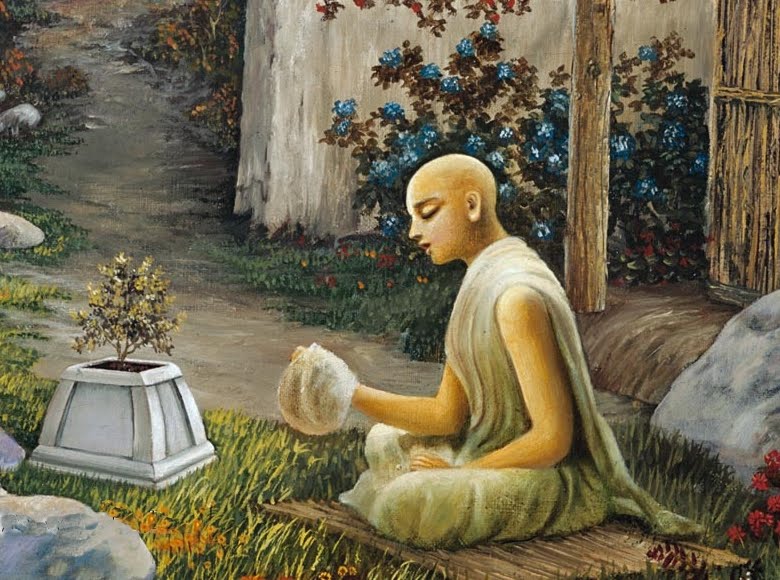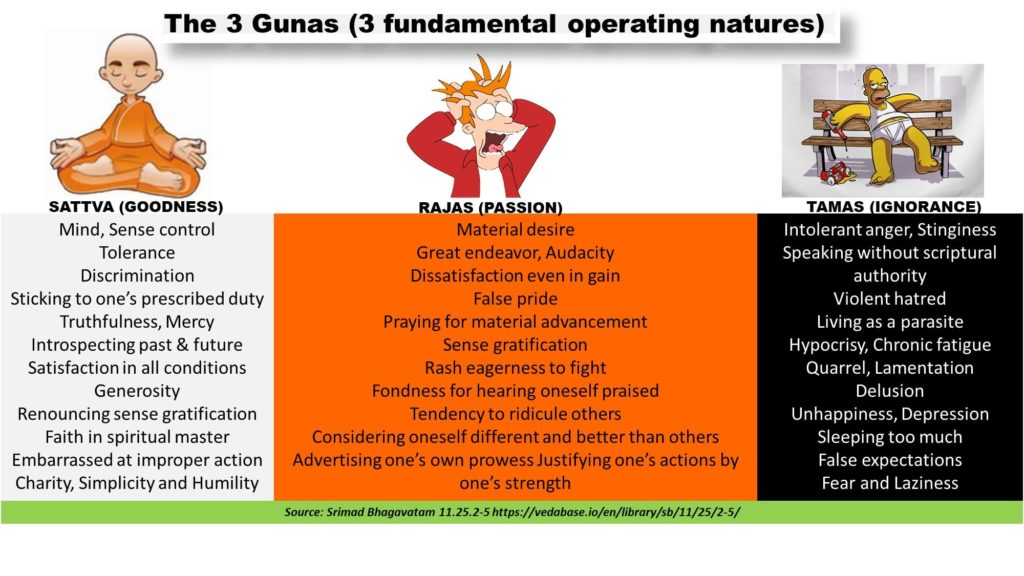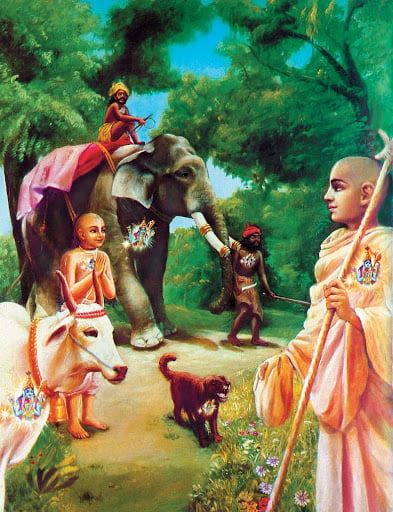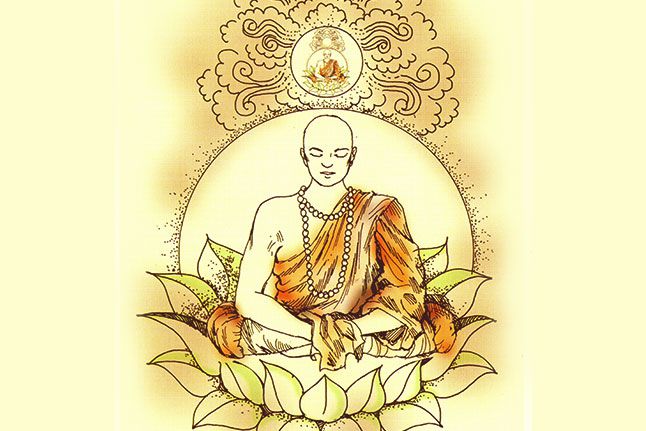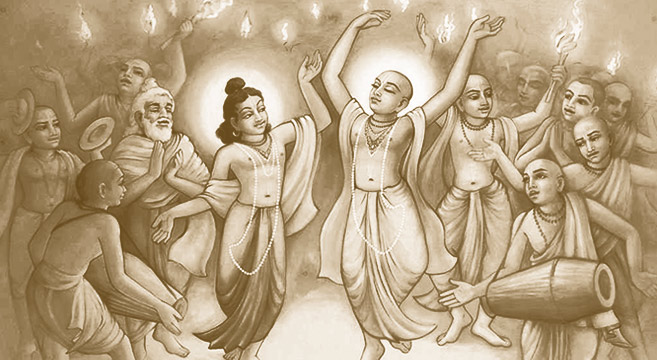You may have otherwise heard of Japa as mantra meditation. It is also commonly referred to as chanting by its practitioners. If you are curious on the basics of this simple yet effective practice, please refer to our previous post titled “Chanting Japa”, which explains Japa meditation and how to begin practicing it more in depth.
The purpose of this article is to examine what differentiates Japa from other meditations while recognizing some of the similarities.
These days especially, we are frequently introduced to a new type of meditation. We are offered a diverse range of options with each one touting all sorts of ways in which they may benefit us. Popular apps such as headspace offer us up to 8 types of different meditation.
With so much to choose from, how should we ever find out which one is right for us?
In order to help answer this, let us keep the goal in mind. What are we trying to get out of our meditation practice? In the 6th chapter of The Bhagavad Gita this is answered in the following way “In the stage of perfection called trance, or samādhi, one’s mind is completely restrained from material mental activities by practice of yoga. This perfection is characterized by one’s ability to see the Self by the pure mind and to relish and rejoice in the Self. In that joyous state, one is situated in boundless transcendental happiness, realized through transcendental senses. Established thus, one never departs from the truth, and upon gaining this he thinks there is no greater gain. Being situated in such a position, one is never shaken, even in the midst of greatest difficulty. This indeed is actual freedom from all miseries arising from material contact.”
Japa meditation, like other meditations, helps calm the mind, purifies it and helps one focus on what is happening within. In a meditative state, one may have elevated feelings of joy and happiness. However, when the meditation breaks, that elevated state of joy and happiness also fades. One may then wonder how to make it stay longer, or maybe remain forever? This is where Japa differentiates itself from other forms of meditation. The practice of Japa is rooted in love and devotion. In the 6th chapter of Bhagavad Gita the Supreme Lord states: “And of all yogīs, the one with great faith who always abides in Me, thinks of Me within himself and renders transcendental loving service to Me – he is the most intimately united with Me in yoga and is the highest of all. That is My opinion.”. This union, or yoga, is what Japa helps one strive toward. Once established, this state of consciousness no longer fades.
All the other types of different meditation that we are offered can be considered as self-serving. They are intended to bring us a desired benefit through our own sacrifice and practice. While Japa also provides all the desired benefits any other meditation has to offer, the benefits are not the goal, service is the goal.
Intrigued?
If you have any questions or would like to find out more, please comment, send us a message or contact us through our events page.





